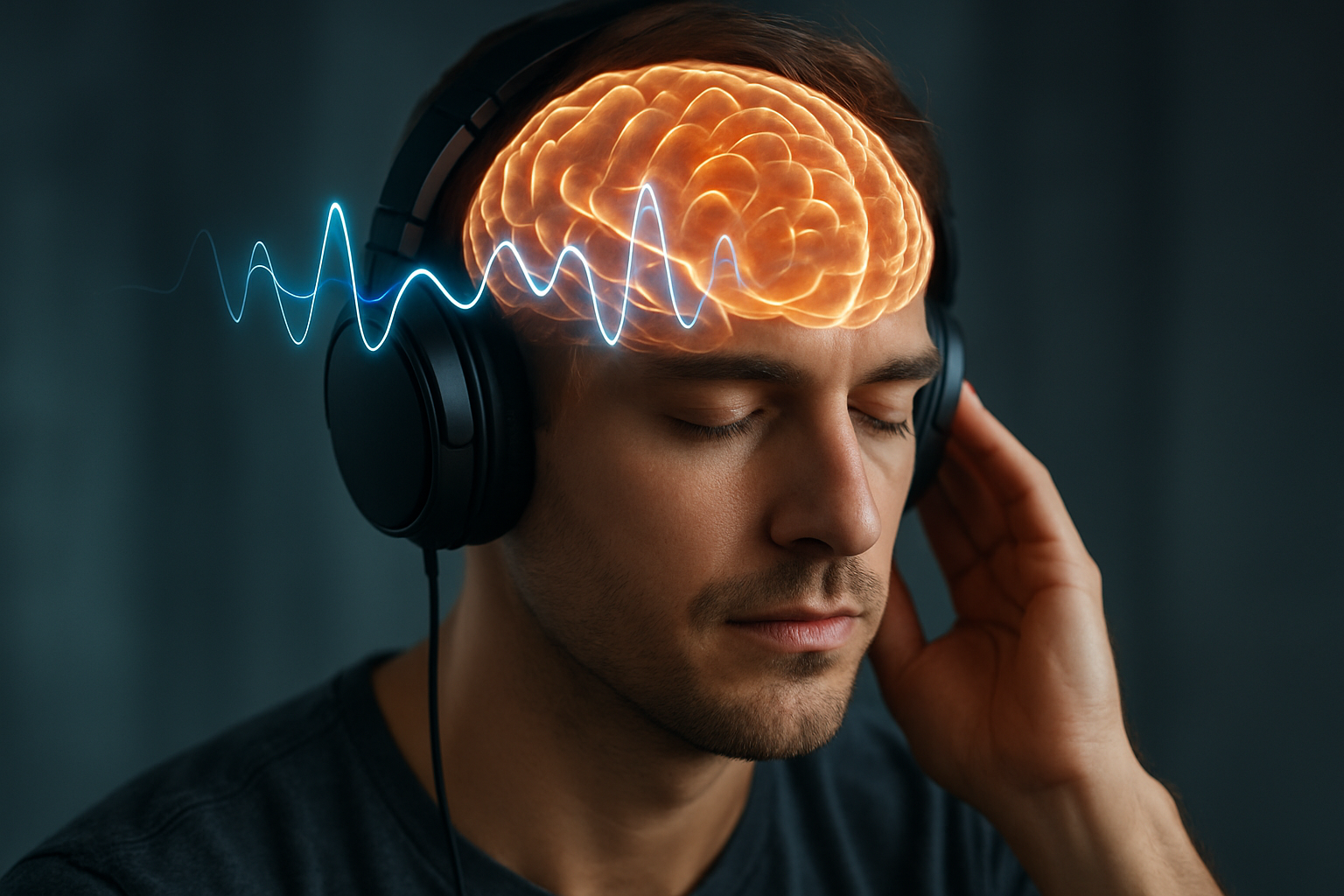Biofeedback Meditation: The Synergy of Mind and Technology
How can we harness the power of our own bodies to achieve deeper states of relaxation and improve overall well-being? Enter biofeedback meditation, a cutting-edge practice that marries ancient mindfulness techniques with modern technology. This innovative approach is revolutionizing the way we understand and interact with our own physiological processes, offering a unique path to enhanced health and self-awareness.

The science behind biofeedback meditation is rooted in the principle of neuroplasticity - the brain’s ability to form new neural connections and adapt its structure based on experience and learning. By providing immediate, tangible feedback on physiological states, biofeedback devices allow practitioners to develop a heightened awareness of their body’s responses and learn to modulate them consciously.
The Evolution of Biofeedback Technology
The concept of biofeedback has been around since the 1960s, but recent technological advancements have made it more accessible and sophisticated than ever before. Early biofeedback devices were bulky, expensive, and confined to clinical settings. Today, we have a plethora of consumer-grade options, from smartphone apps paired with wearable sensors to dedicated meditation headbands that measure brainwave activity.
These modern devices offer increasingly precise measurements and user-friendly interfaces, making it easier for individuals to incorporate biofeedback into their daily meditation routines. Some advanced systems even use gamification elements or virtual reality environments to enhance engagement and facilitate learning.
The Unique Benefits of Biofeedback Meditation
Biofeedback meditation offers a range of benefits that set it apart from traditional meditation practices. One of the most significant advantages is the ability to objectively measure progress. While traditional meditation relies largely on subjective experiences, biofeedback provides concrete data that can be tracked over time, allowing practitioners to see tangible improvements in their ability to control physiological processes.
Moreover, biofeedback meditation can be particularly beneficial for individuals who struggle with conventional meditation techniques. The immediate feedback and visual representations can serve as anchors for attention, making it easier to maintain focus and achieve desired states of relaxation or concentration.
Research has shown that regular practice of biofeedback meditation can lead to improvements in stress management, anxiety reduction, and even pain control. Some studies have also suggested potential benefits for conditions such as hypertension, migraines, and attention deficit disorders.
Integrating Biofeedback into Your Wellness Routine
Incorporating biofeedback meditation into your wellness routine doesn’t necessarily require a significant investment in equipment. Many smartphone apps now offer basic biofeedback functionality using your device’s built-in sensors. For those looking to delve deeper, dedicated biofeedback devices are becoming increasingly affordable and user-friendly.
To get started, it’s important to choose a biofeedback parameter that aligns with your wellness goals. Heart rate variability (HRV) training, for example, can be excellent for stress reduction and emotional regulation. Neurofeedback, which focuses on brainwave activity, might be more suitable for those looking to enhance cognitive performance or address sleep issues.
Begin with short, regular sessions to familiarize yourself with the technology and your body’s responses. As you become more comfortable, you can gradually increase the duration and complexity of your practice. Remember that consistency is key - like any skill, the ability to control your physiological processes improves with regular practice.
The Future of Mind-Body Integration
As we look to the future, the potential applications of biofeedback meditation continue to expand. Researchers are exploring its use in fields ranging from sports performance enhancement to PTSD treatment. The integration of artificial intelligence and machine learning algorithms promises to deliver even more personalized and effective biofeedback experiences.
One particularly exciting area of development is the combination of biofeedback with virtual and augmented reality technologies. Imagine a meditation session where you can visually explore a calming virtual landscape that responds in real-time to your physiological state, creating a truly immersive and interactive experience.
Biofeedback Breakthroughs
-
HRV biofeedback has been shown to improve cognitive performance and emotional regulation in high-stress professions
-
Neurofeedback training can potentially enhance creativity and problem-solving skills
-
Thermal biofeedback techniques have demonstrated efficacy in managing chronic pain conditions
-
Some biofeedback devices now incorporate AI to provide personalized meditation guidance
-
Researchers are exploring the use of biofeedback in treating addiction and compulsive behaviors
As we continue to unlock the potential of biofeedback meditation, we’re gaining unprecedented insights into the intricate connections between mind and body. This powerful tool not only offers a new approach to age-old wellness practices but also provides a bridge between the subjective experience of meditation and the objective world of scientific measurement. By embracing this synergy of ancient wisdom and modern technology, we open doors to enhanced self-awareness, improved health outcomes, and a deeper understanding of our own physiological processes.





